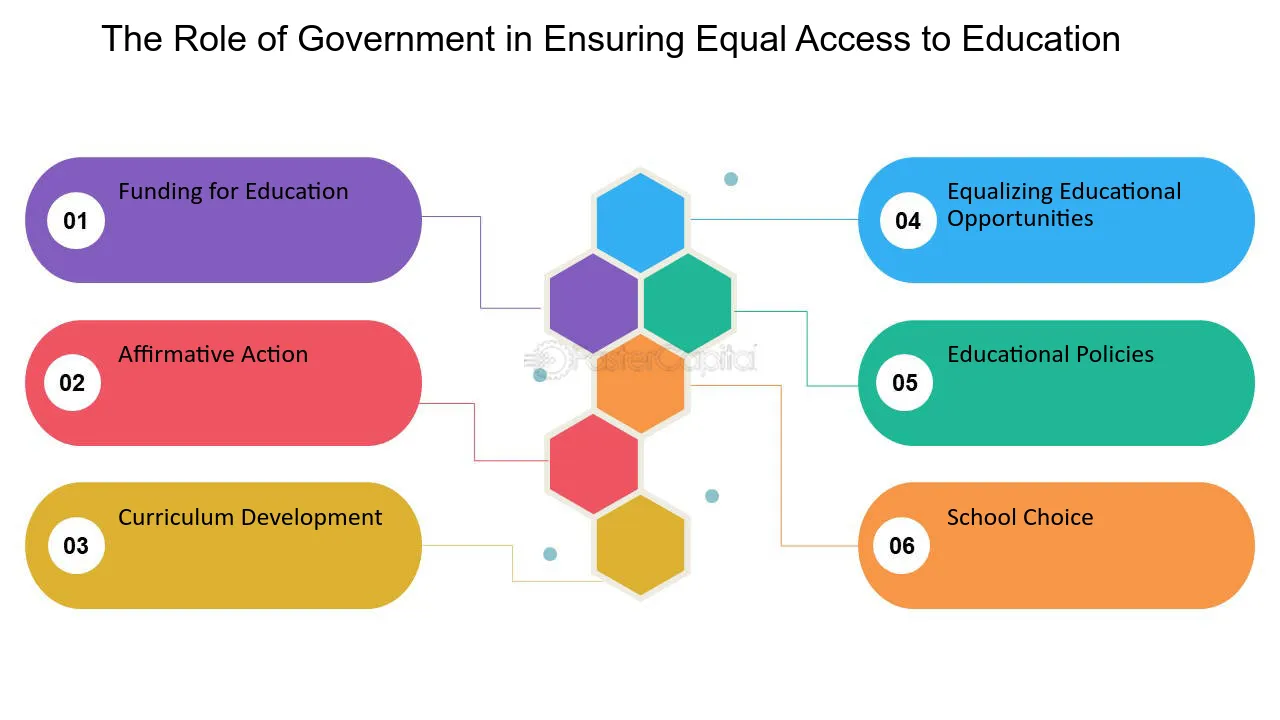Equity in education is a fundamental principle that seeks to ensure all students have access to the resources, opportunities, and support they need to succeed, regardless of their background, identity, or circumstances. However, disparities in secondary schooling persist, perpetuating systemic inequalities and hindering students’ academic achievement, well-being, and future prospects. This article examines the challenges and opportunities in addressing disparities in secondary schooling and explores strategies for promoting equity and inclusion in education.
Understanding Disparities in Secondary Schooling
1. Socioeconomic Disadvantage:
Students from low-income backgrounds often face barriers to educational attainment, including limited access to quality schools, resources, and educational support services. Socioeconomic disparities contribute to variations in academic achievement, graduation rates, and post-secondary outcomes, exacerbating inequalities in educational attainment and socio-economic mobility.
2. Racial and Ethnic Disparities:
Students from racial and ethnic minority groups experience disproportionate educational inequities, including lower academic achievement, higher dropout rates, and disparities in disciplinary outcomes. Structural racism, cultural biases, and systemic barriers perpetuate these disparities, undermining students’ academic success and opportunities for advancement.
3. Special Education and Disability:
Students with disabilities often face barriers to accessing inclusive and quality education, including inadequate support services, lack of accommodations, and discrimination. Disparities in special education placement, disciplinary practices, and post-secondary transition services further compound the challenges faced by students with disabilities, limiting their educational opportunities and outcomes.
Promoting Equity and Inclusion in Secondary Education
1. Equitable Resource Allocation:
Addressing disparities in secondary schooling requires equitable distribution of resources, including funding, staffing, facilities, and instructional materials. Equitable resource allocation ensures that all schools have the necessary resources and support to meet the diverse needs of their students, regardless of their socioeconomic status or geographic location.

2. Culturally Responsive Teaching:
Culturally responsive teaching practices recognize and value students’ cultural backgrounds, identities, and experiences, fostering a supportive and inclusive learning environment. Educators incorporate diverse perspectives, cultural references, and teaching strategies that resonate with students’ lived experiences, promoting engagement, relevance, and academic success.
3. Social-Emotional Support:
Providing social-emotional support is essential for addressing disparities in secondary schooling and promoting students’ well-being and resilience. Schools implement comprehensive counseling programs, mental health services, and social-emotional learning initiatives that address students’ socio-emotional needs, foster positive relationships, and equip them with coping skills and self-regulation strategies.
4. Diverse and Inclusive Curriculum:
A diverse and inclusive curriculum reflects students’ identities, histories, and experiences, promoting multicultural perspectives, critical thinking, and empathy. Schools incorporate diverse literature, historical narratives, and cultural content across subject areas, fostering a deeper understanding of social justice, equity, and global citizenship.
5. Community Engagement and Partnerships:
Building strong partnerships with families, communities, and external organizations is essential for addressing disparities in secondary schooling. Schools collaborate with community-based organizations, advocacy groups, and local stakeholders to provide wraparound services, resources, and support networks that address students’ holistic needs and promote educational equity.
Conclusion: Advancing Equity and Inclusion in Secondary Education
Addressing disparities in secondary schooling requires a collective commitment to equity, inclusion, and social justice. By prioritizing equitable resource allocation, culturally responsive teaching, social-emotional support, diverse and inclusive curriculum, and community engagement, secondary schools can create inclusive learning environments where all students have the opportunity to thrive academically, socially, and emotionally. As educators, administrators, policymakers, and stakeholders, let us work collaboratively to dismantle systemic barriers, challenge inequitable practices, and create a more just and equitable secondary education system that empowers every student to reach their full potential.


